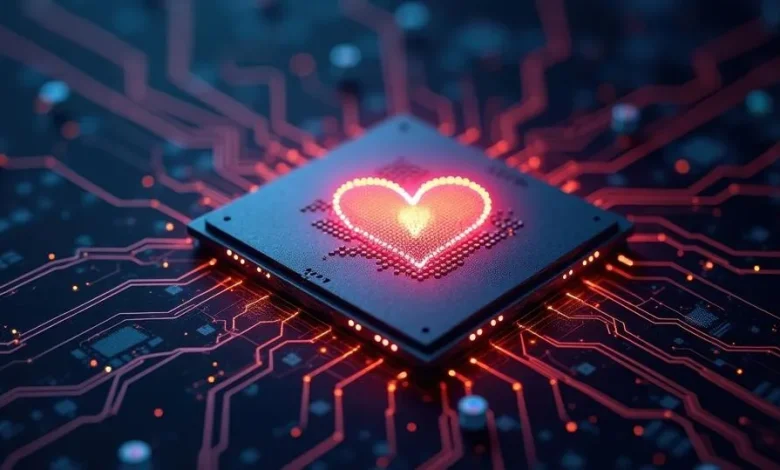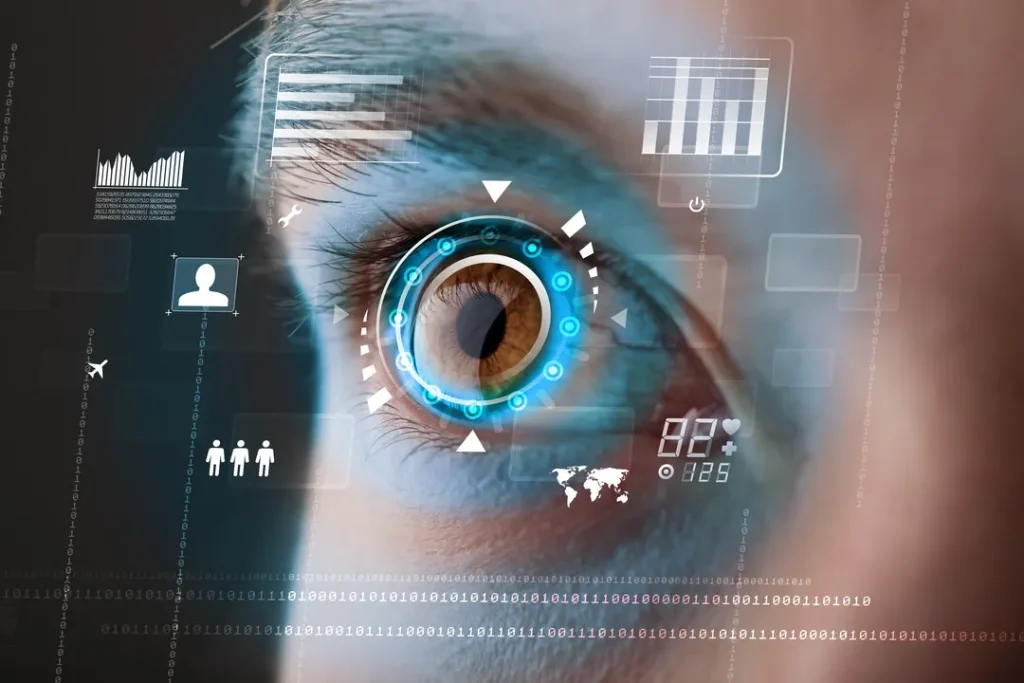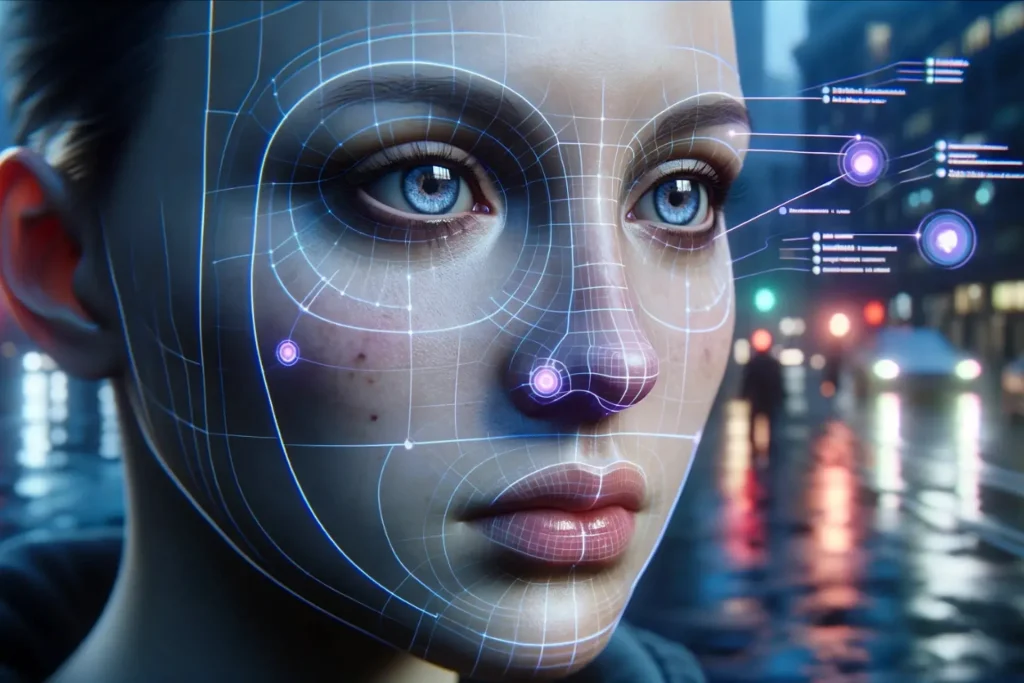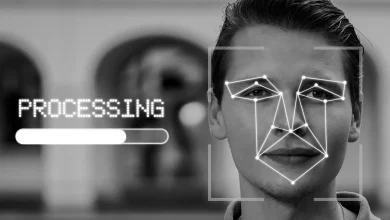
Are We Ready for the Rise of Emotion-Reading Technology?
As emotion-reading technology evolves, are we prepared for machines that detect and react to our feelings? Here's what the future holds.
Think about a system that listens to your speech and also knows how you feel. This is what emotion-reading technology is becoming—a partnership between artificial intelligence, neuroscience, psychology, and huge amounts of data. Right now, technology in areas like customer service, education, and jobs is learning to read emotions by watching faces, listening to voices, and detecting body signals real-time.
People who favor this technology say it could make digital services act more like humans. As this technology advances, some important questions come to light: Are we comfortable having machines read our feelings? And what happens if the technology gets the emotions wrong?
Aiming for More Human-Centric AI
Its fundamental purpose is to help AI better notice and respond to people’s emotions—making it more empathetic, at least in theory. Using this technology, early warnings for stress or depression can be seen in the mental health field faster than before. For education, this technology might help teachers vary the lesson pace depending on a student’s level of engagement or frustration.
Retail and advertising industries are using this technology as well. Some brands are using real-time emotional feedback to change their advertising and pitching. While personalization is possible, the use of emotions could shortchange consent and manipulate people’s feelings.

Accuracy, Bias, and Interpretation
The main issue with emotion-reading technology is how accurate it is. Emotions can be complicated, are influenced by culture, and are shown in many different ways by different people. Do algorithms have the ability to figure out emotions that are hard for humans to explain?
Emotion AI systems do not always get the right answer about feelings, particularly when dealing with a range of age groups, ethnicities, and those who are neurodiverse, as research shows. Most of these systems use data collected mostly from Western cultures, which results in biased outcomes. The misinterpretation of emotions by AI in areas such as jobs or law can result in very serious problems.

Ethics, Privacy, and Consent
The key concern right now is whether users are protected with their data privacy. Emotion-reading technology is not just about recording your words; it tries to understand your emotions too. It studies how your face moves, the way you speak, your heart rate, and several other things. But are users aware of exactly what they are giving up when they use this technology?
Without specific permission, workers can be watched during online meetings or even job interviews at their workplace. In public areas, cameras equipped with emotion recognition could watch people’s emotions to stop conflict or see what groups of people are thinking. If regulations are lacking, emotion-reading technology could secretly watch people and break down their sense of privacy.
Even though emotion-reading technology looks effective, it has a number of complicated aspects. It has the possibility to aid mental well-being, make digital experiences better, and allow for more realistic communications with machines. However, if it’s not carefully designed and regulated, this technology might end up mislabeling or incorrectly using one of the core parts of who we are. our emotions.
Development is moving so quickly that we have to decide if we let this technology evolve, without first making sure people trust it and there are ethical guardrails. This technology for reading emotions has already come into the present. Now, we have to figure out how this technology should be used and by whom.



